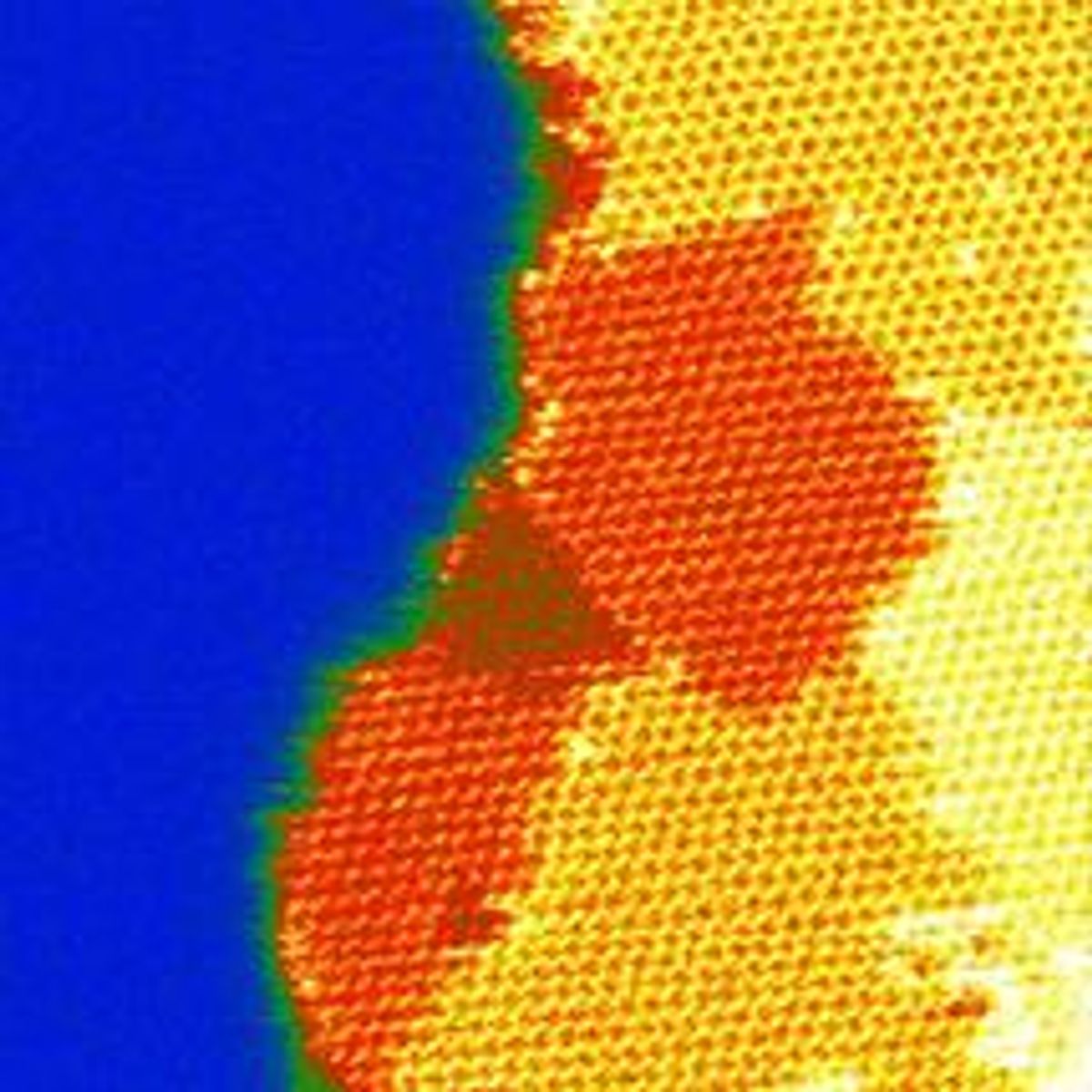In 2004, when researchers Andre Geim and Konstantin Novoselov devised a way to separate out a one-atom-thick sheet from graphite to create “graphene” they unleashed a tidal way of research into what this new wonder material could do when its charged-carrier mobility was used in various electronics applications.
But why just marvel at what graphite could do when separated out into a one-atom-thick sheet? Surely if you could do this with other materials, unexpected capabilities could be realized?
“Because of its extraordinary electronic properties graphene has been getting all the attention, including a recent Nobel Prize, as physicists hope that it might, one day, compete with silicon in electronics,” said Dr Nicolosi in an article from Oxford’s media. “But in fact there are hundreds of other layered materials that could enable us to create powerful new technologies.”
The researchers published their findings in the 4 February edition of the journal Science. From the press reports, it seems the researchers developed a method to separate a variety of materials out into these two-dimensional nanosheets that uses something akin to the ultrasonic pulses used to clean jewelry. When you can do this for a variety of materials and do it on an industrial scale, you would seemingly be opening up a potential treasure trove of application possibilities. And so it would seem from the quote of Professor Coleman: “'These novel materials have chemical and electronic properties which are well suited for applications in new electronic devices, super-strong composite materials and energy generation and storage. In particular, this research represents a major breakthrough towards the development of efficient thermoelectric materials.” It’s not that scientists and researchers had not considered that nanosheets like this from a variety of different materials would possess uniquely attractive capabilities, but nobody was able to create them by a method that was fast, cheap and rendered a workable final material.“Our new method offers low-costs, a very high yield and a very large throughput: within a couple of hours, and with just 1 mg of material, billions and billions of one-atom-thick graphene-like nanosheets can be made at the same time from a wide variety of exotic layered materials,” said Dr Nicolosi.
Dexter Johnson is a contributing editor at IEEE Spectrum, with a focus on nanotechnology.




